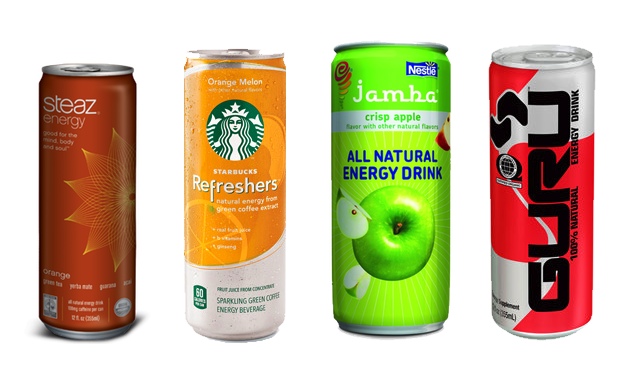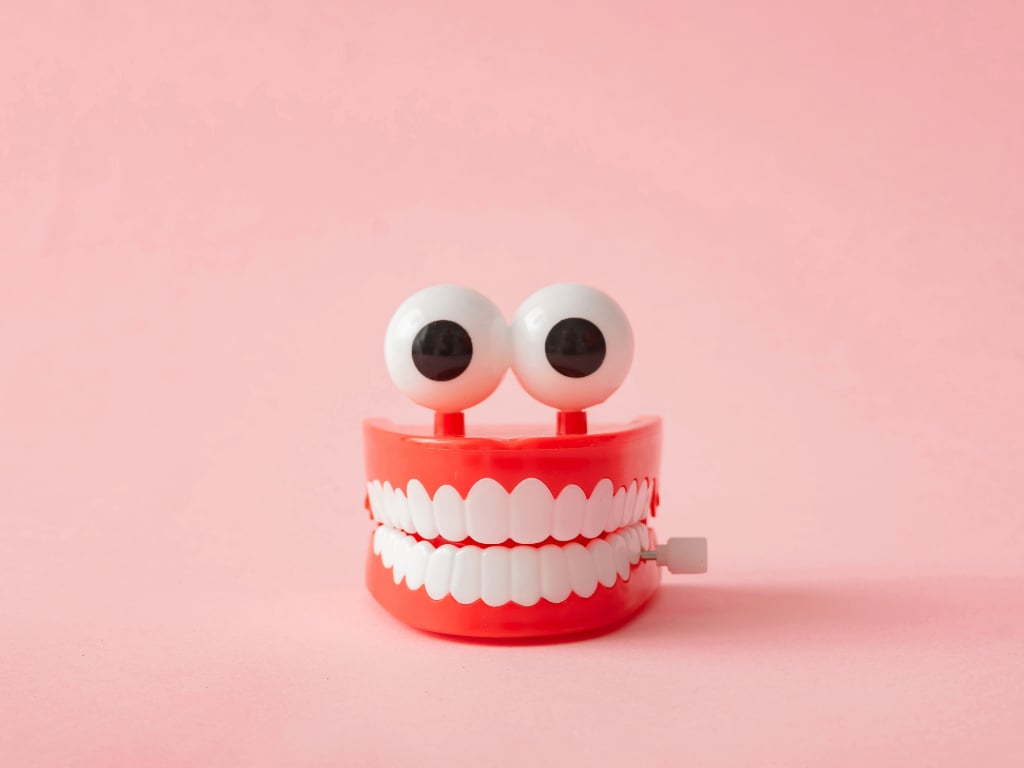We don’t need to tell you why energy drinks like Red Bull are a bad idea–and don’t even get us started on the AeroShot caffeine inhaler. But what about those drinks that claim to give you an all-natural burst of energy?
While most of their ingredients are a little more acceptable, nutritionist Danielle Omar says, “I don’t think there’s really a great reason to use energy drinks. In my opinion, they’re just a Band-Aid solution to a bigger problem.”
Still, that won’t stop a lot of people who love the stimulant effect. If you must guzzle down one of these drinks, beware of consuming them in large quantities over a short period of time–Omar says they can cause caffeine toxicity, anxiety, heart arrhythmias, and even stroke. Don’t say we didn’t warn you.
We asked Omar and other registered dietitians to analyze the ingredient labels of four popular “all-natural” energy drinks to find out if they live up to their health claims. While they all agree there are better ways to get an energy boost, here’s what they had to say about each one.
Jamba Juice All Natural Energy Drink
This smoothie joint claims its natural energy drinks will give you the boost of traditional energy drinks without the “hard-to-pronounce ingredients,” but nutritionist Katherine Tallmadge says they’re actually “quite unnatural.” They don’t contain the juice each flavor claims to–the first ingredient on each one is apple juice, “which is an inexpensive way to sweeten things. If I’m buying strawberry juice I want the only ingredient on the label to be ‘strawberries,'” she says. Plus, they contain both sweetener and caffeine. All in all, they’re better than soda, Tallmadge says, but still disappointing.
Starbucks Refreshers
The coffee chain’s newest beverage endeavor comes in three different flavors–raspberry-pomegranate, orange-melon, and strawberry-lemonade–but all the drinks’ main ingredient is green coffee extract. At 60 calories and 40 to 55 milligrams of caffeine per can, Refreshers contain half the calories of Red Bull, and most of the ingredients on its list are actually recognizable, says dietitian Kait Fortunato. “I like how they use real fruit juice, B vitamins, and coffee extract. And, there’s no added glucose, sucrose, or artificial sweeteners.”
Steaz Energy Drinks
Steaz prides itself on creating all-natural, organic, and fair trade tea-based drinks, and Danielle Omar says that’s certainly a bonus. Plus, compared with other energy drinks and even an espresso at Starbucks, Steaz’s energy drinks contain much less caffeine and therefore offer a milder choice. That said, if you really need a boost of energy, Omar says you’re probably better off drinking a cup of green tea, which this drink contains anyway. “The drink is still mostly water and sugar, which are the first and second ingredients,” she points out.
Guru Natural Energy Drink
With just ten calories, this drink appears to be a tad healthier than most energy drinks, says registered dietitian Sonja Goedkoop. However, she advises caution in drinking it “because it contains a number of herbal supplements, which may cause undesirable effects.” Guzu lists ingredients such as gingko biloba and guarana as having certain health benefits, but overall their claims have not been evaluated or approved by the FDA. “My advice would be to stick to beverages and foods with ingredients we understand a bit better,” Goedkoop says. Not to mention a 12-pack of these drinks is $30, so Goedkoop says drinking a cup of coffee or eating an apple is a much cheaper, better option.



















